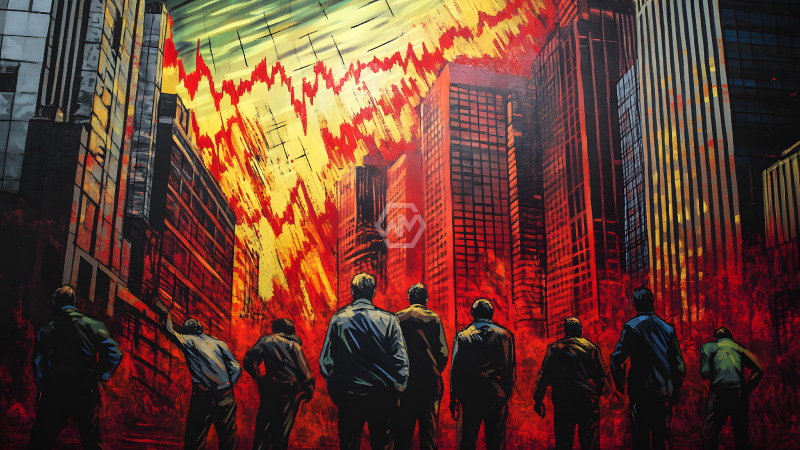- Trump halts broad tariffs for 90 days as US economic pressures mount.
- China readies countermeasures; tariffs on Chinese goods remain in place.
- Alberta rejects oil export tax, while Hong Kong promotes business expansion.
President Trump’s sudden 90-day tariff pause marks a dramatic shift in US trade policy, driven by steep economic fallout. Analysts note that the tariffs were beginning to inflict real damage—slowing consumer spending, investment, and job creation.
Meanwhile, other parts of the world are adjusting their positions in response to shifting trade dynamics. China is reportedly developing targeted economic responses to minimize dependence on US markets.
Economic Realignment in a Time of Trade Uncertainty
The Trump administration’s decision to temporarily ease tariffs came after economists projected significant harm to the US economy. A global model run by academics James Giesecke and Robert Waschik revealed steep GDP losses under a full tariff scenario—especially if most nations retaliated. The 90-day pause serves as a tactical move to stabilize key sectors, though the relief may only be short-term.
China’s reaction has been notably strategic. With tariffs on its exports still intact, Beijing is focusing on long-term resilience. This includes bolstering internal demand, accelerating innovation, and diversifying trade alliances. These measures aim to reduce vulnerability to external trade shocks and solidify China’s economic independence.
As businesses navigate this unstable environment, Hong Kong is emerging as a beacon for international expansion. Government-backed initiatives are promoting the city as an efficient launchpad into the Asian market. The city’s blend of tax benefits, strategic location, and international talent makes it a compelling alternative for companies rethinking their supply chains.
In Canada, political dynamics are shifting as well. Alberta’s outright dismissal of an oil export tax signals a growing rift between provinces. Premier Danielle Smith’s assertive stance emphasizes regional self-reliance and sets the stage for possible policy confrontations with federal leadership.
Global markets are in flux, as trade decisions ripple across economies. With temporary tariff relief, strategic recalibrations, and political tensions rising, the next quarter could redefine the global economic landscape.
“When goods don’t cross borders, soldiers will.”
— Frédéric Bastiat



